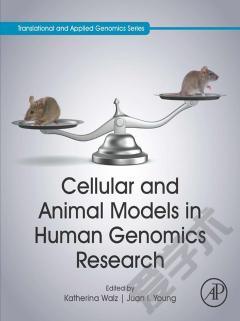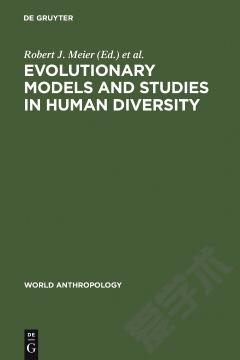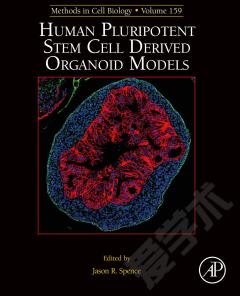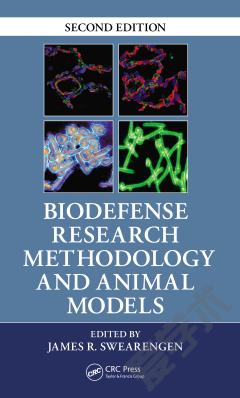Cellular and Animal Models in Human Genomics Research
Cellular and Animal Models in Human Genomics Research provides an indispensable resource for applying comparative genomics in the annotation of disease-gene associated variants that are identified by human genomic sequencing. The book presents a thorough overview of effective protocols for the use of cellular and animal modeling methods to turn lists of plausible genes into causative biomarkers. With chapters written by international experts, the book first addresses the fundamental aspects of using cellular and animal models in genetic and genomic studies, including in-depth examples of specific models and their utility, i.e., yeast, worms, flies, fish, mice and large animals. Protocols for properly conducting model studies, genomic technology, modeling candidate genes vs. genetic variants, integrative modeling, utilizing induced pluripotent stem cells, and employing CRISPR-Cas9 are also discussed in-depth. Provides a thorough, accessible resource that helps researchers and students employ cellular and animal models in their own genetic and genomic studiesOffers guidance on how to effectively interpret the results and significance of genetic and genomic model studies for human healthFeatures chapters from international experts in the use of specific cellular and animal models, including yeast, worms, flies, fish, mice, and large animals, among other organisms
{{comment.content}}








 京公网安备 11010802027623号
京公网安备 11010802027623号